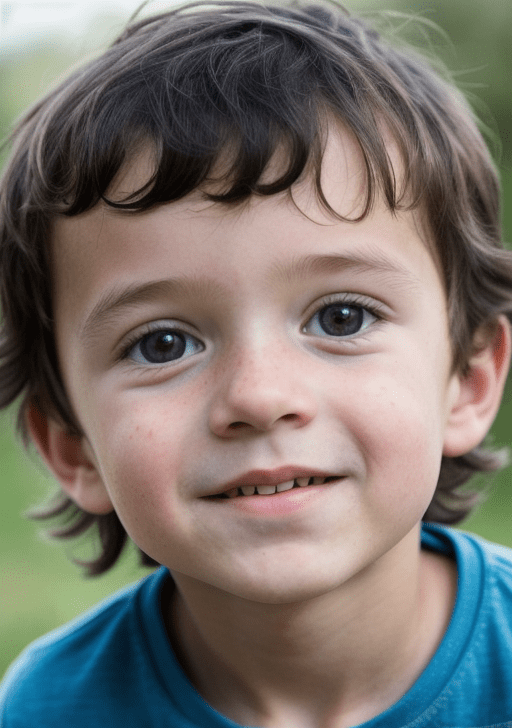How can a child look like his father?
As a parent, it is fascinating to see how our children inherit certain physical traits from us. The question of how a child can look like their father has intrigued scientists, geneticists, and curious parents for generations. While genetics plays a significant role in determining a child's appearance, several factors contribute to the resemblance between father and child.
Understanding Genetics
Before diving into the factors that affect a child's resemblance to their father, let's delve into the basics of genetics. Each individual inherits half of their genetic material from their mother and the other half from their father. These genetic traits, known as alleles, combine in various ways to shape an individual's physical characteristics.
Dominant and Recessive Traits
When it comes to determining how a child looks like their father, dominant and recessive traits play a crucial role. Dominant traits are more likely to be expressed, while recessive traits tend to be masked or overridden. For example, if the father has dark hair (a dominant trait), it is more likely that the child will also have dark hair, even if the mother has lighter hair.
Similar Facial Features
Facial features often contribute to the resemblance between a father and child. Specific elements, such as the shape of the nose or the structure of the cheekbones, can be inherited through genetics. If a father has a pronounced jawline or a distinctive nose, it is conceivable that a child may inherit these features as well, leading to a resemblance between the two.
Genetic Variability
While genetics play a significant role, it is important to remember that every person inherits a unique combination of genes from their parents. This genetic variability can sometimes lead to surprises, as a child may resemble a grandparent or an ancestor from many generations ago. Consequently, a father and child may share certain features that extend beyond direct parentage.
Environmental Influence
Although genetics predominantly determine physical traits, environmental factors can also influence a child's appearance. Factors such as nutrition, exposure to sunlight, and overall health can affect growth patterns and physical development. Still, these environmental influences typically have a lesser impact compared to genetic factors.
The Magic of Chance
Ultimately, the resemblance between a father and child is not entirely predictable or controllable. Even if both parents have certain characteristics, it is impossible to guarantee that the child will inherit those specific traits. Sometimes, children may surprise us with entirely unique combinations of physical features that make them distinct and incomparable to either parent.
In conclusion, the question of how a child can look like their father involves a complex interplay between genetics, dominant and recessive traits, facial features, genetic variability, environmental influences, and the unpredictable nature of chance. While it is natural to anticipate a resemblance between a father and child, always remember that each child is an individual with their own unique blend of physical characteristics. The magic of discovering these unique traits is part of the joy of parenthood.
